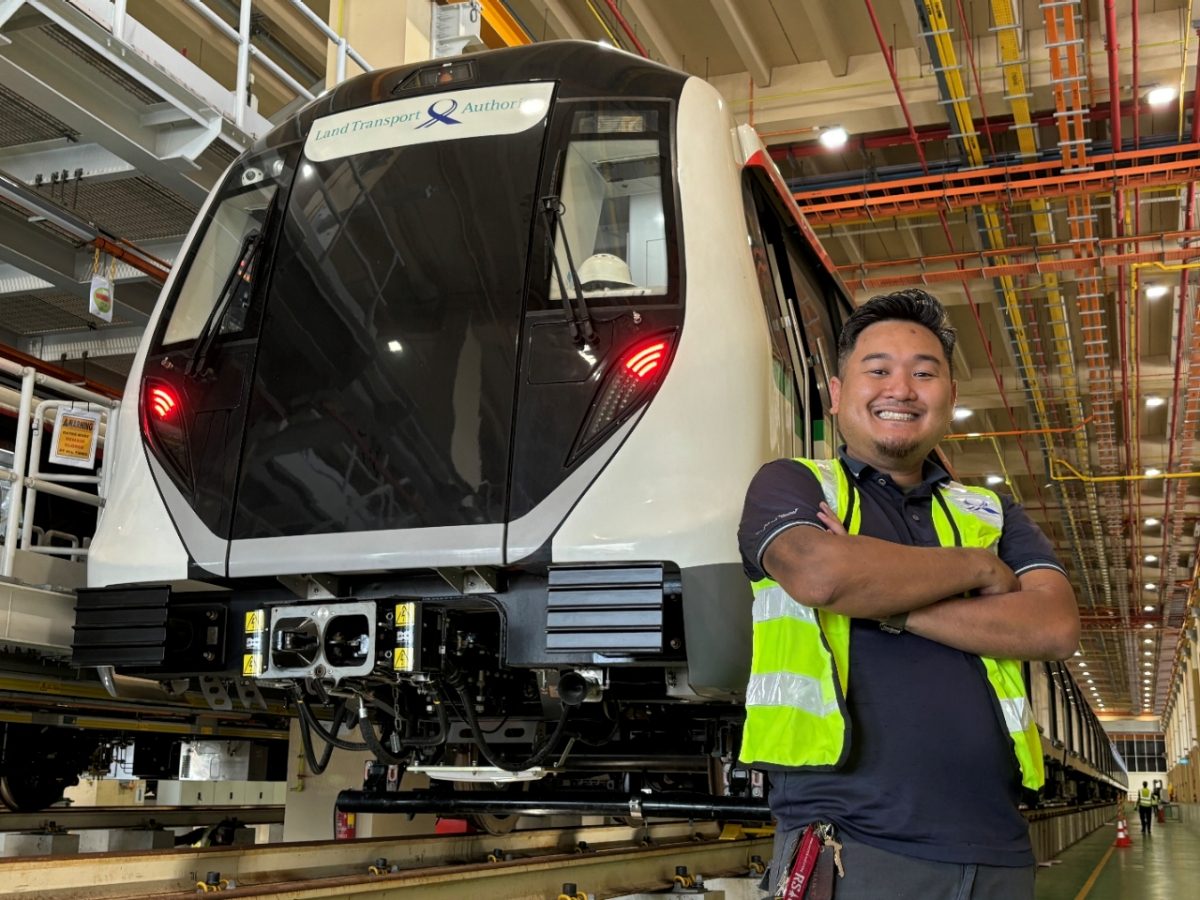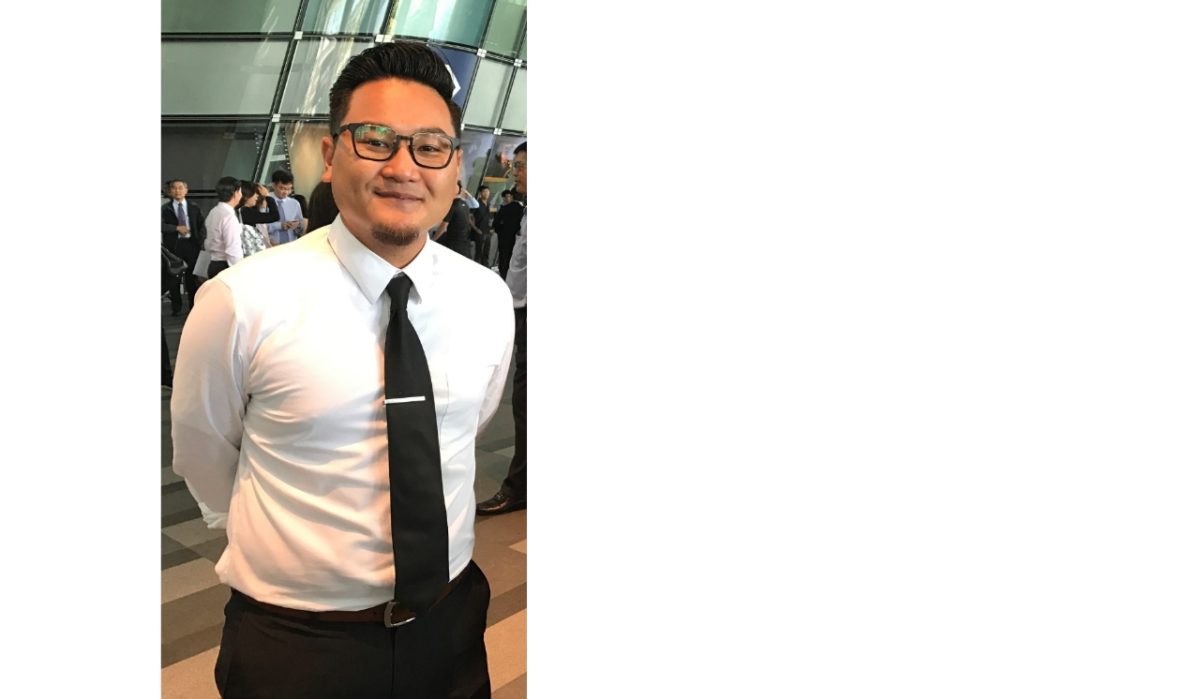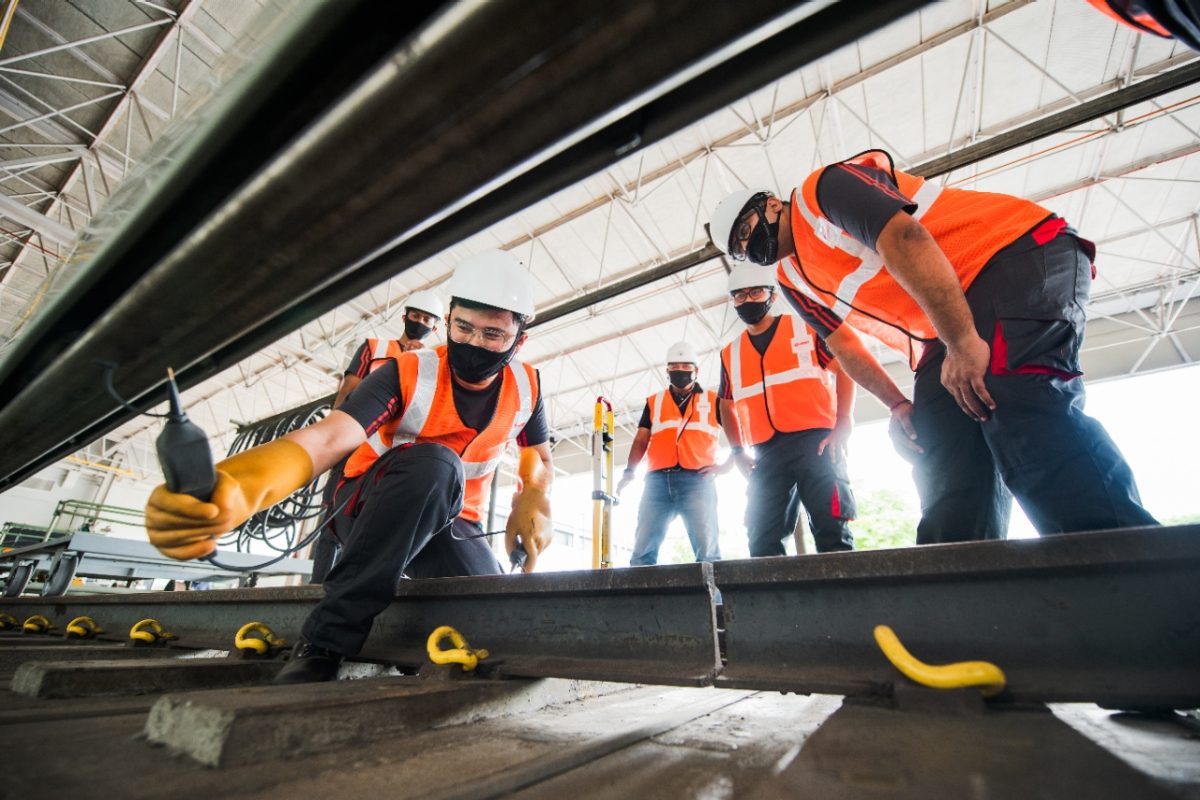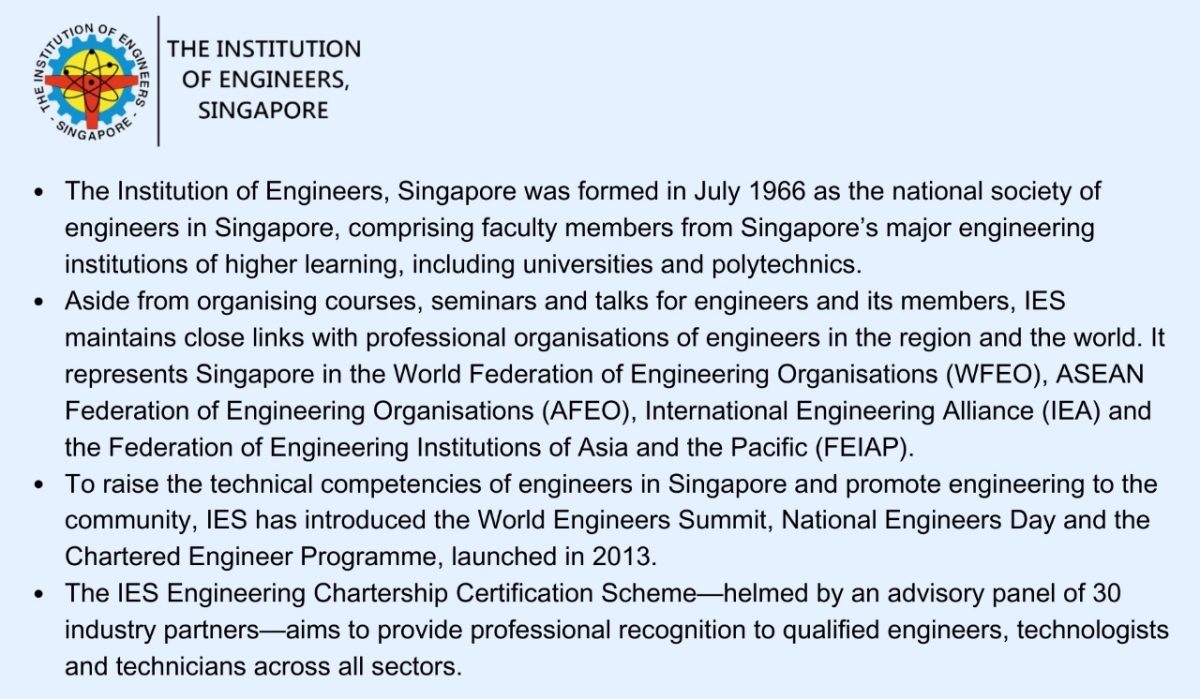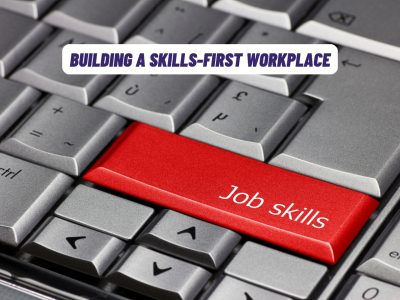A Cut Above The Rest
Despite not having a degree, former technician Azhar Yeo has become a Chartered Engineering Technologist accredited by IES after years of hard work and having demonstrated exceptional engineering and competency skills that put him a cut above the rest.
Azhar started his career at the Land Transport Authority (LTA) in 2014 as an Engineering Officer with a Diploma in Automation in Mechatronic Systems from Ngee Ann Polytechnic. He quickly rose through the ranks, becoming a Senior Assistant Engineer in 2016 and a Principal Assistant Engineer in 2017.
In 2021, Azhar’s bosses nominated him for IES’ Engineering Chartership Certification Scheme, which recognises skills in place of traditional paper qualifications. Things started happening rapidly soon after. Not only did Azhar become accredited as a Chartered Engineering Technologist by IES, he was entrusted with more work projects at LTA and was offered a full scholarship to pursue a degree at SIT. Last year, Azhar was promoted to the role of Engineer.
Today, he helps IES create assessments for the Chartership and volunteers as an assessor for the nominees. It's a way for him to pay forward, so he can help build the confidence of his peers just as the Chartership has built his.

